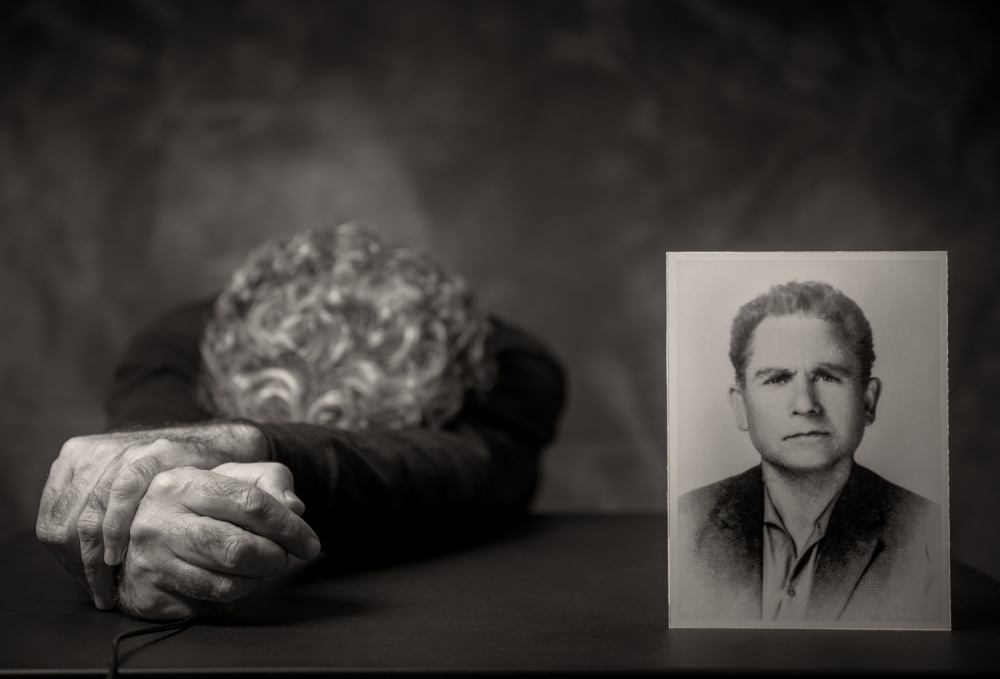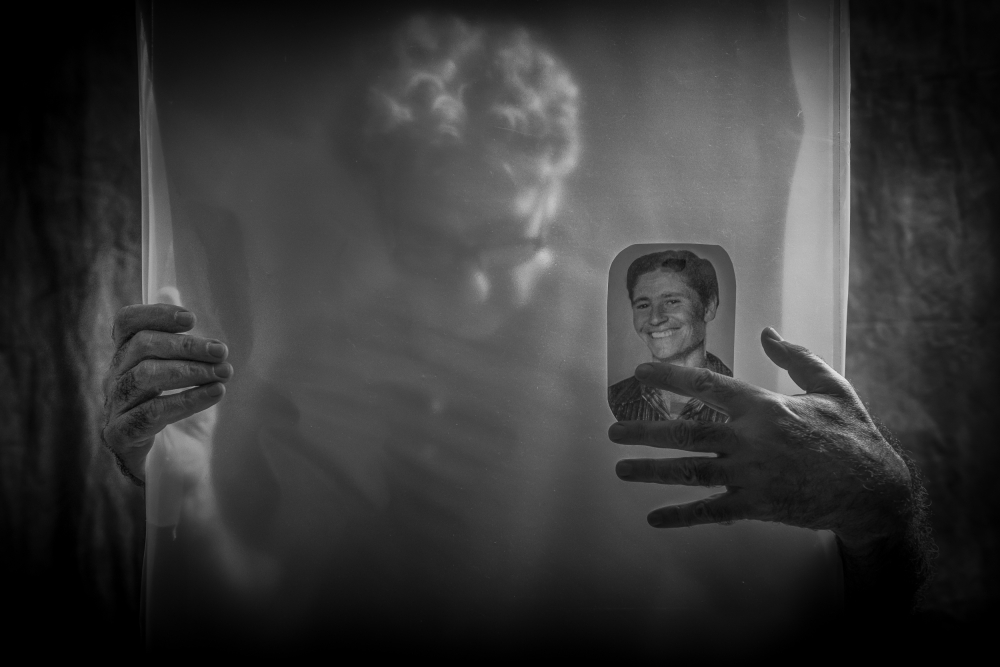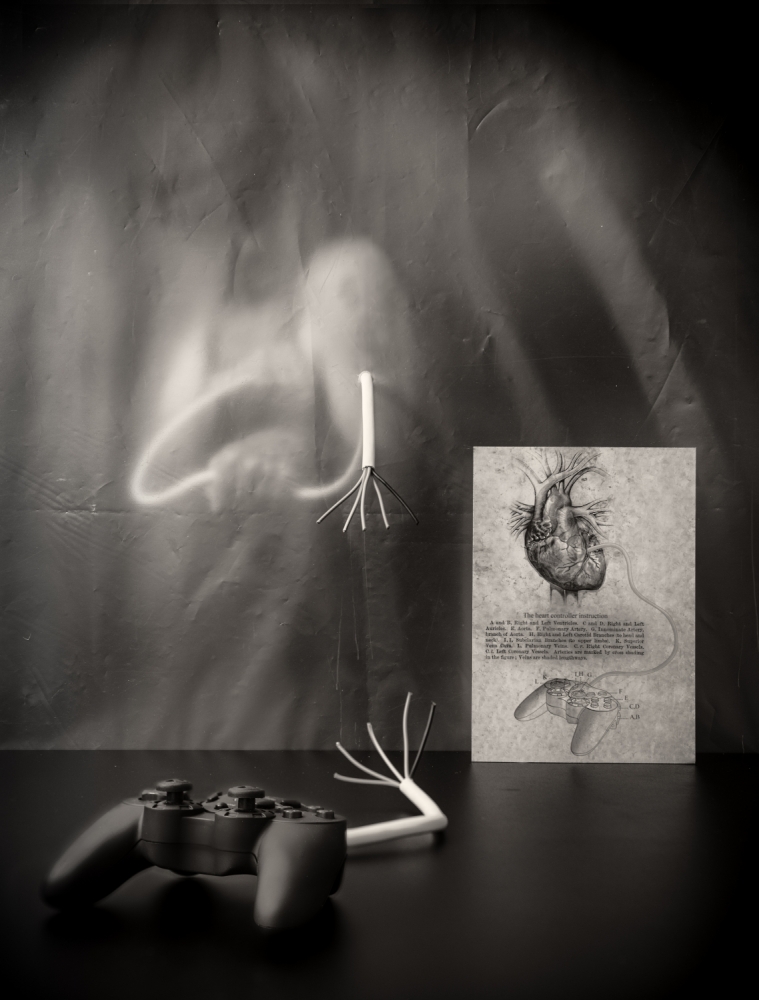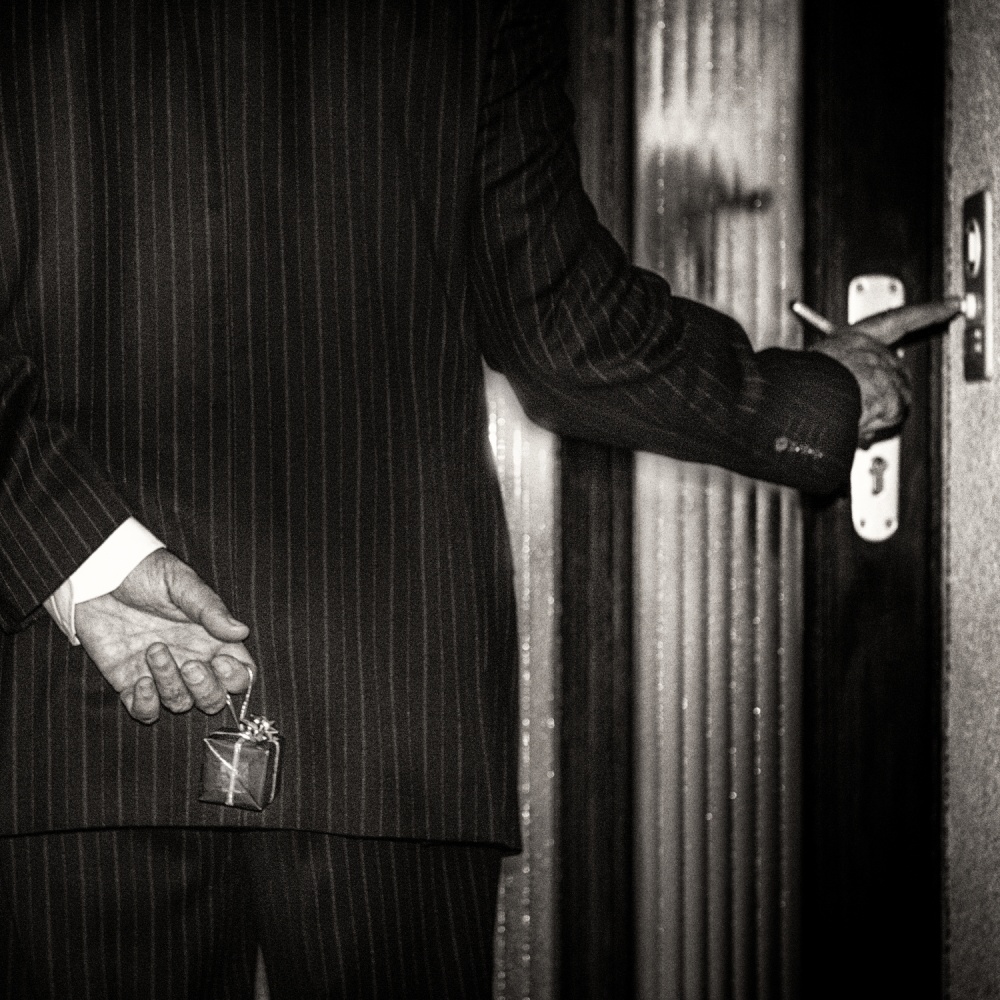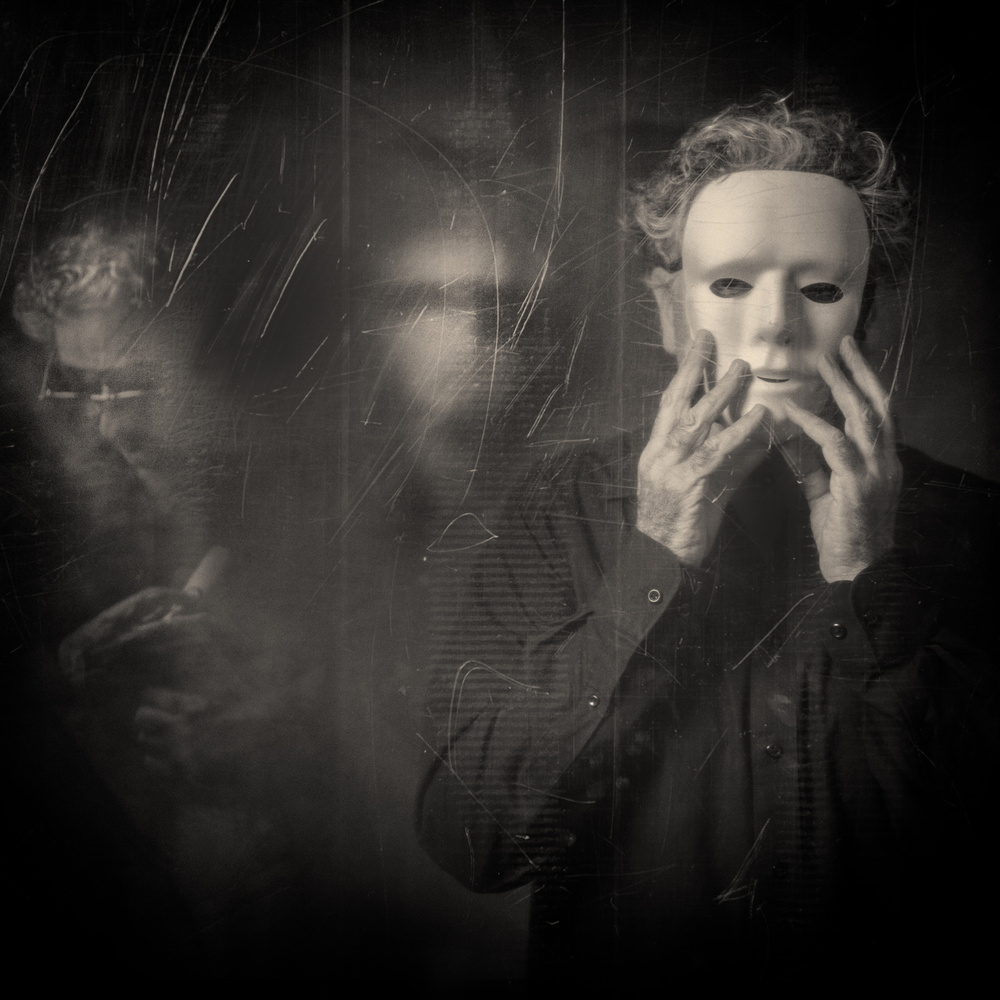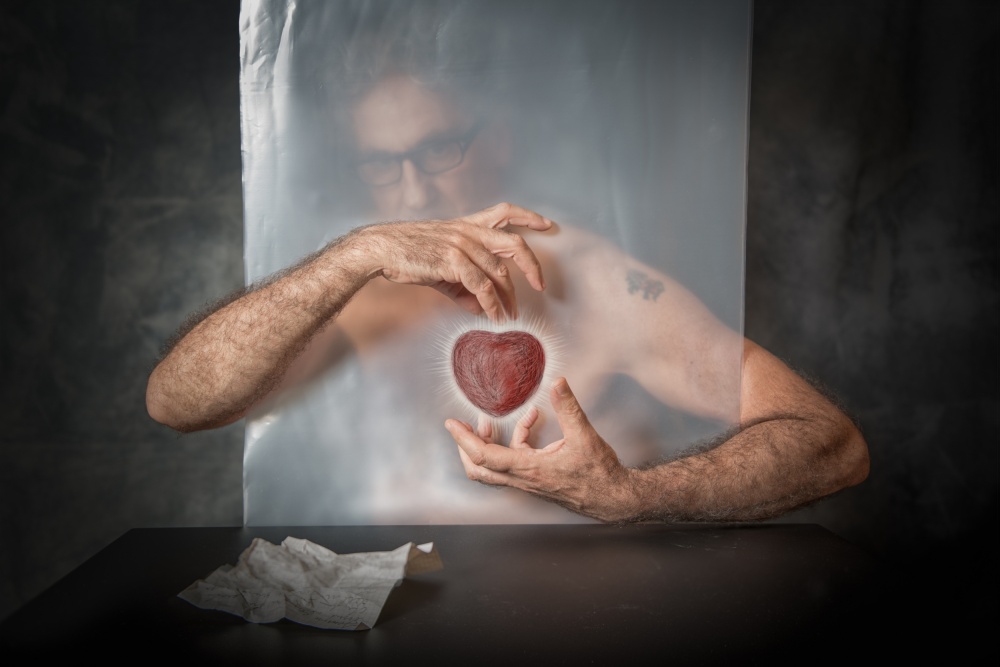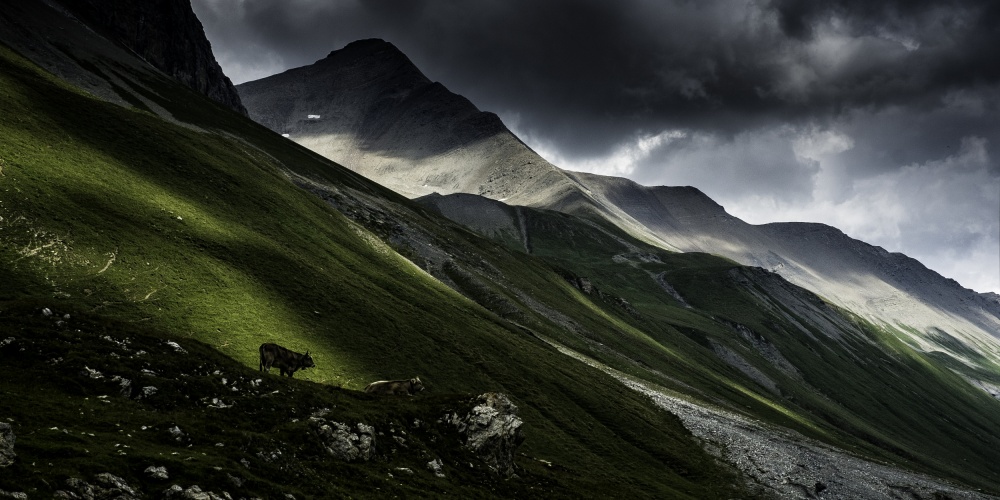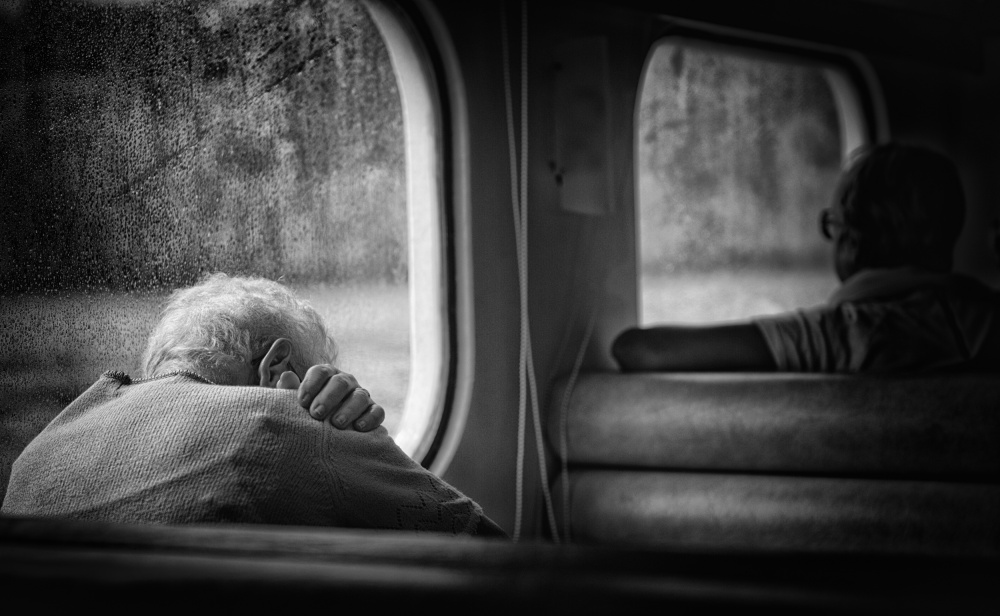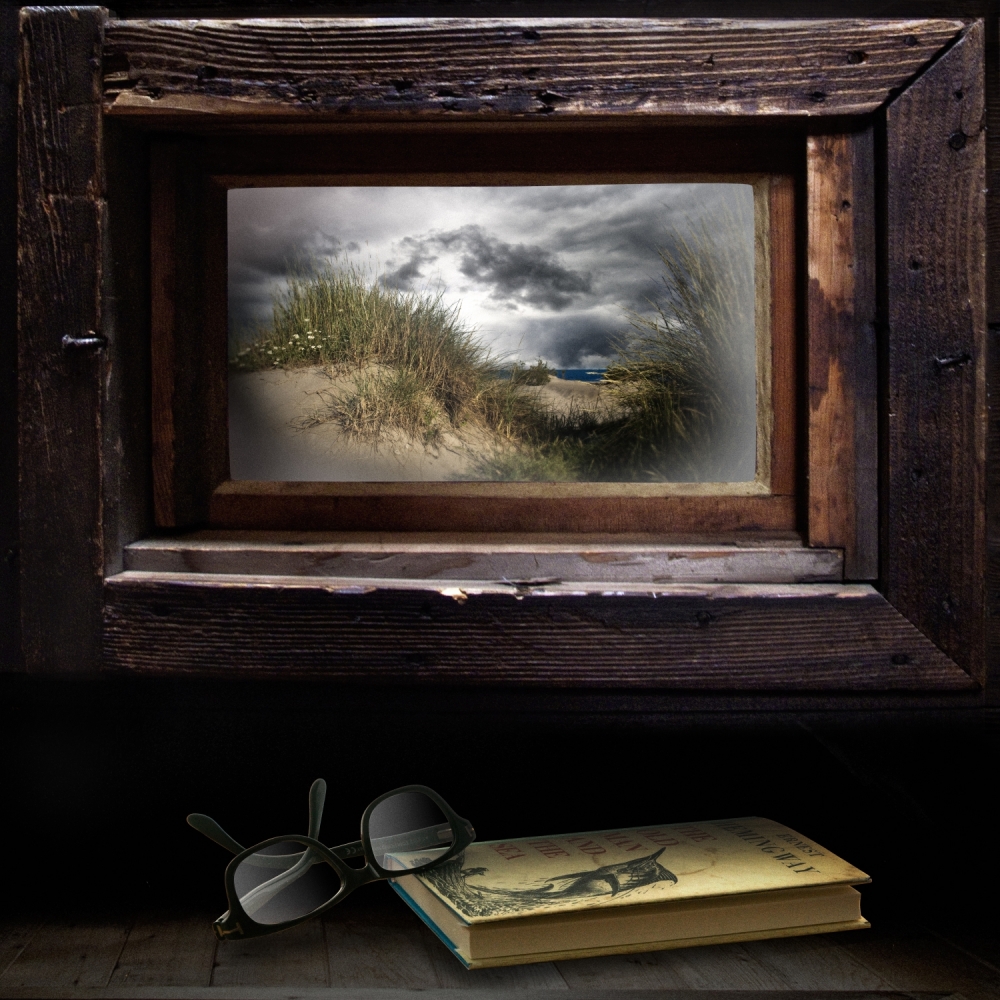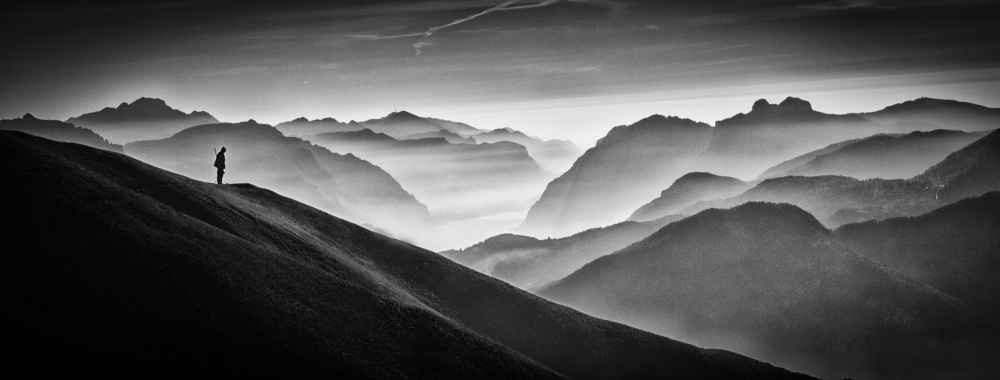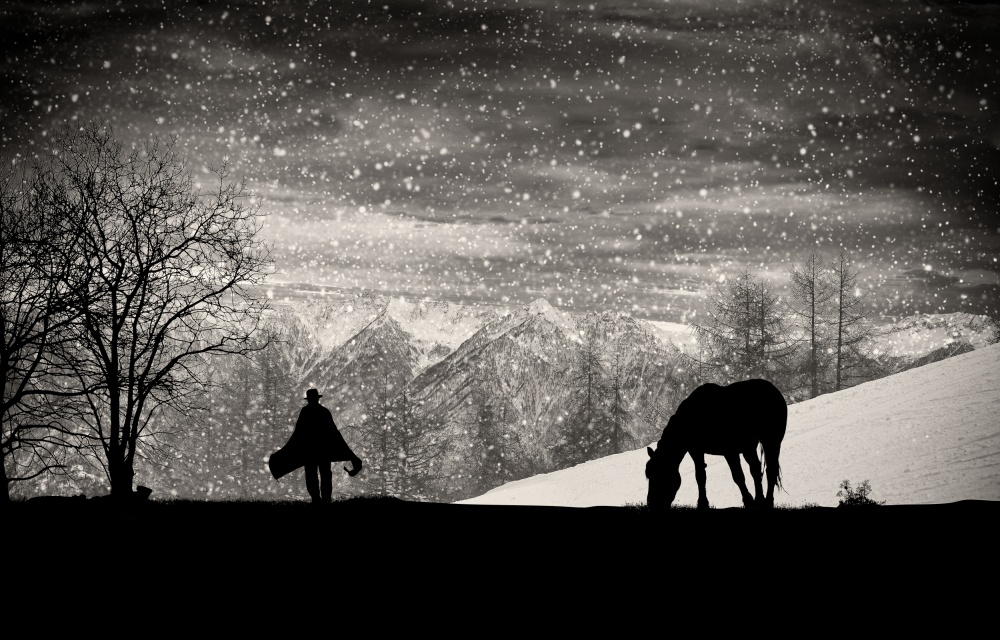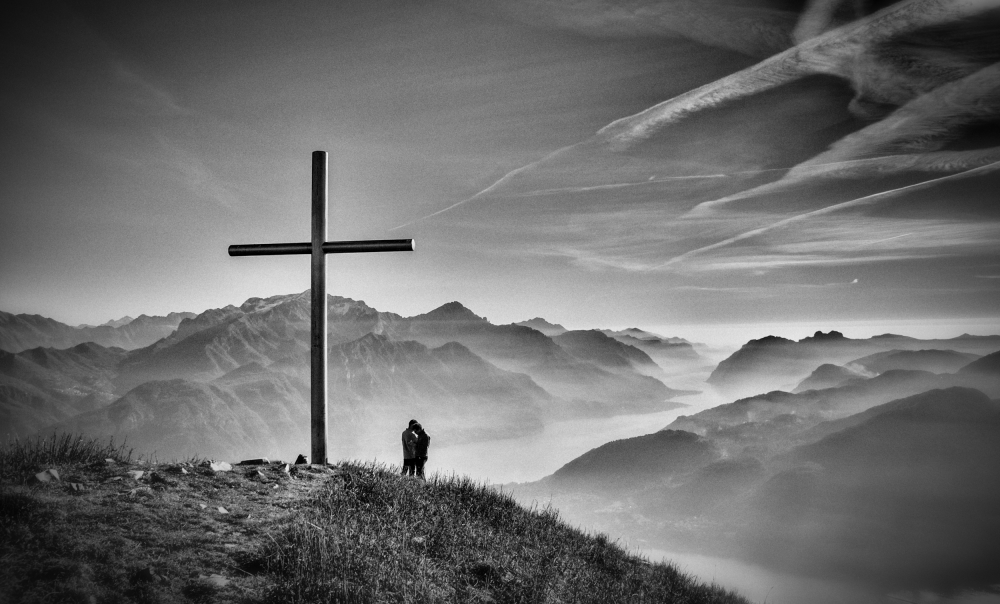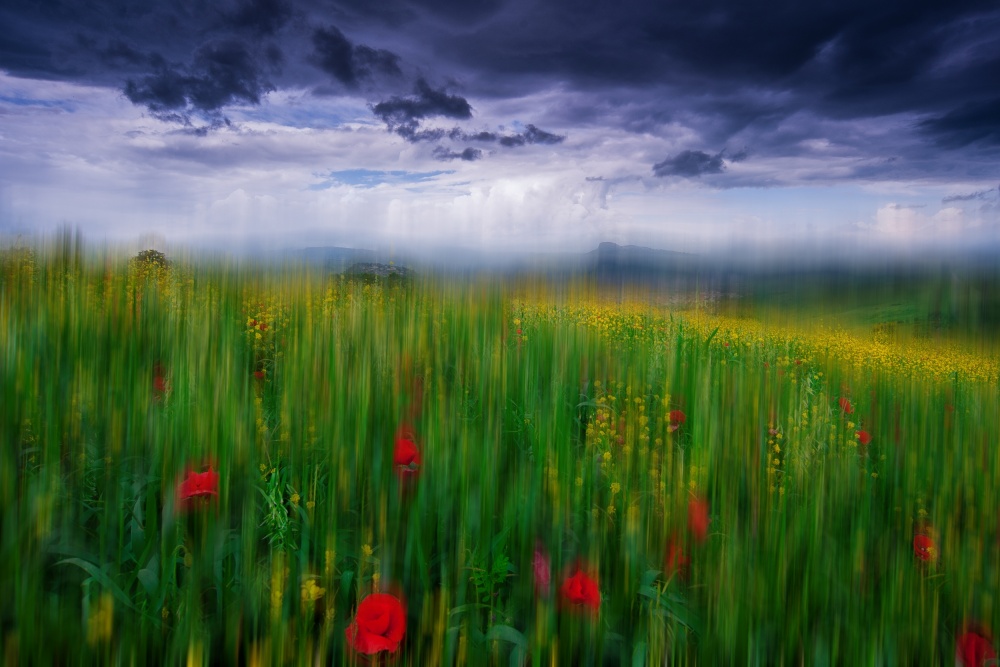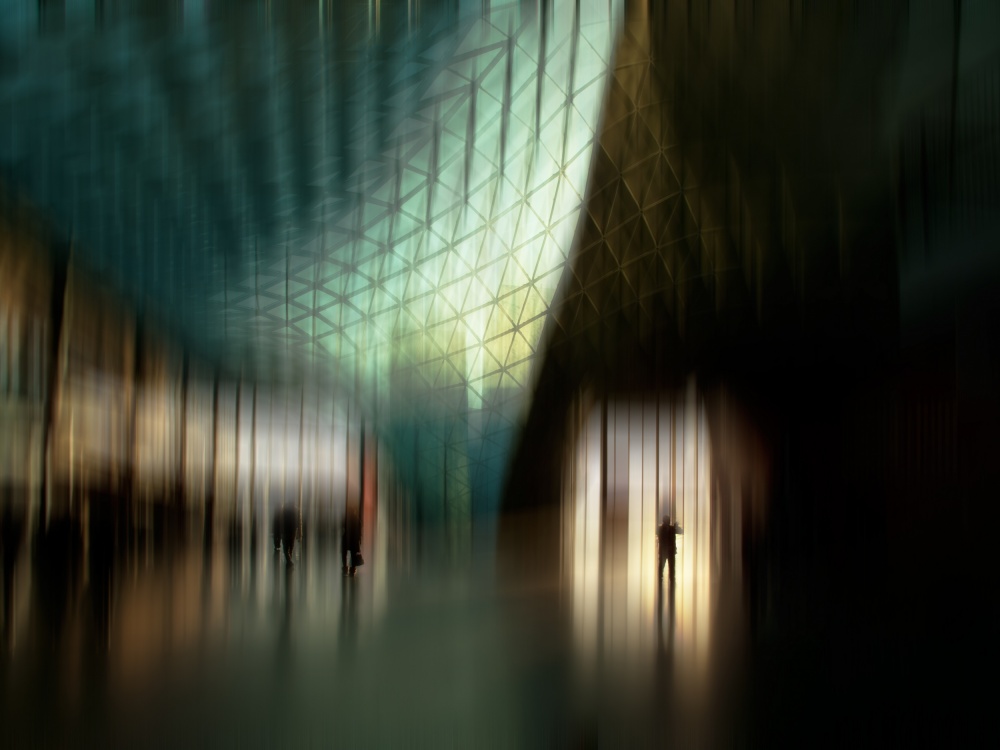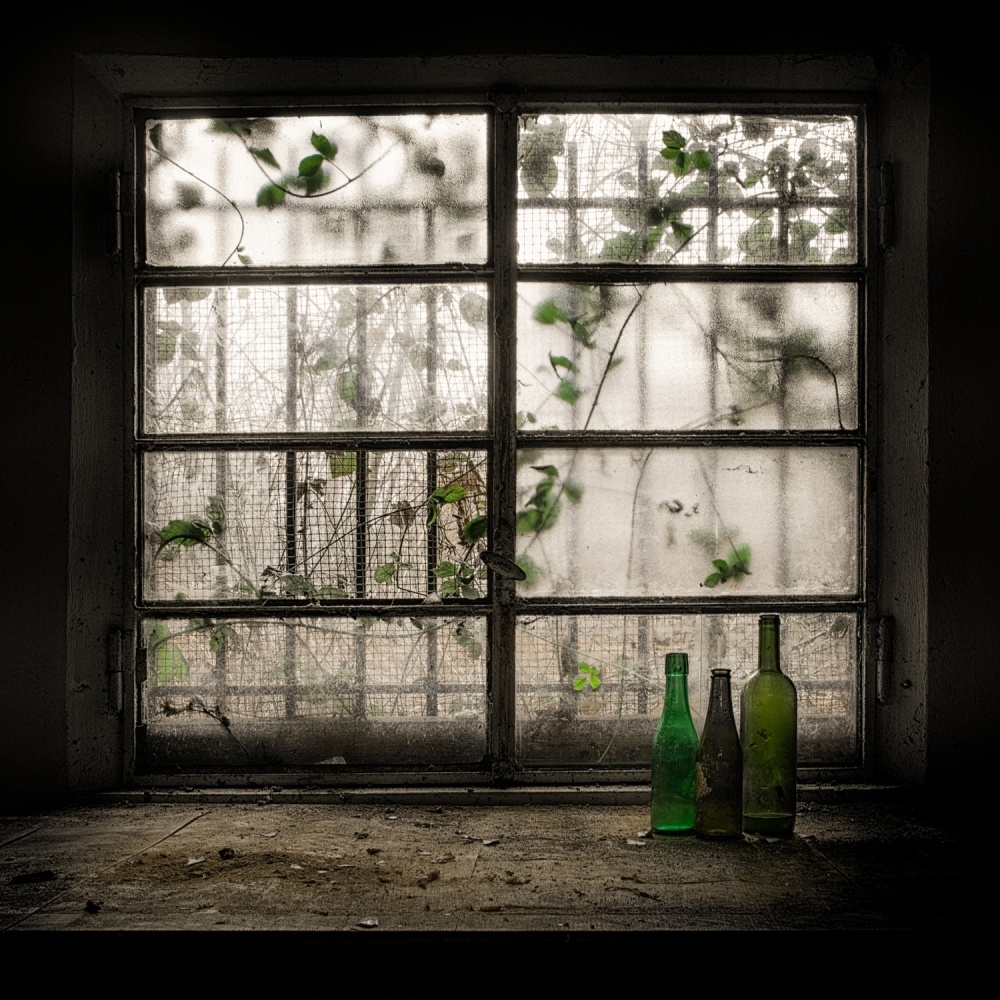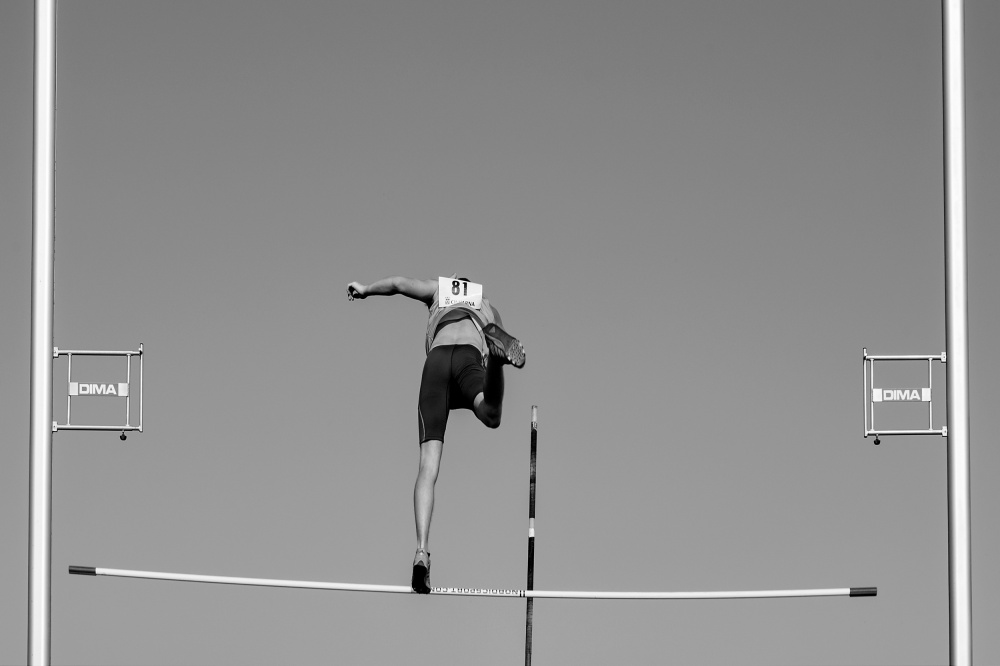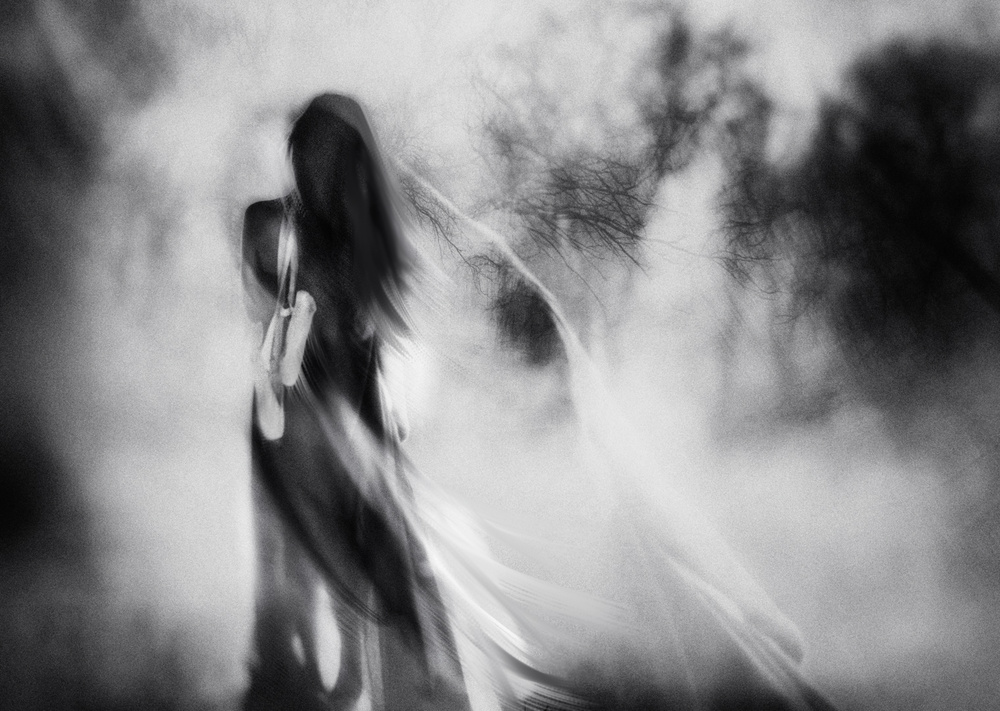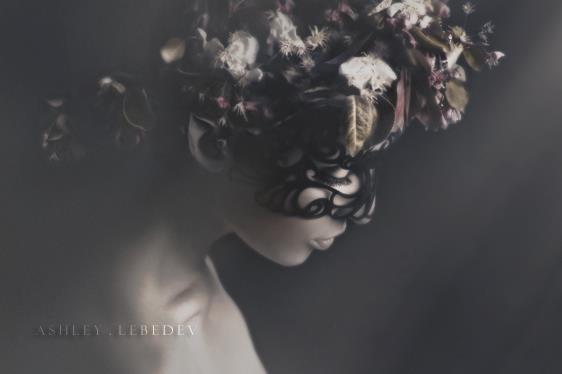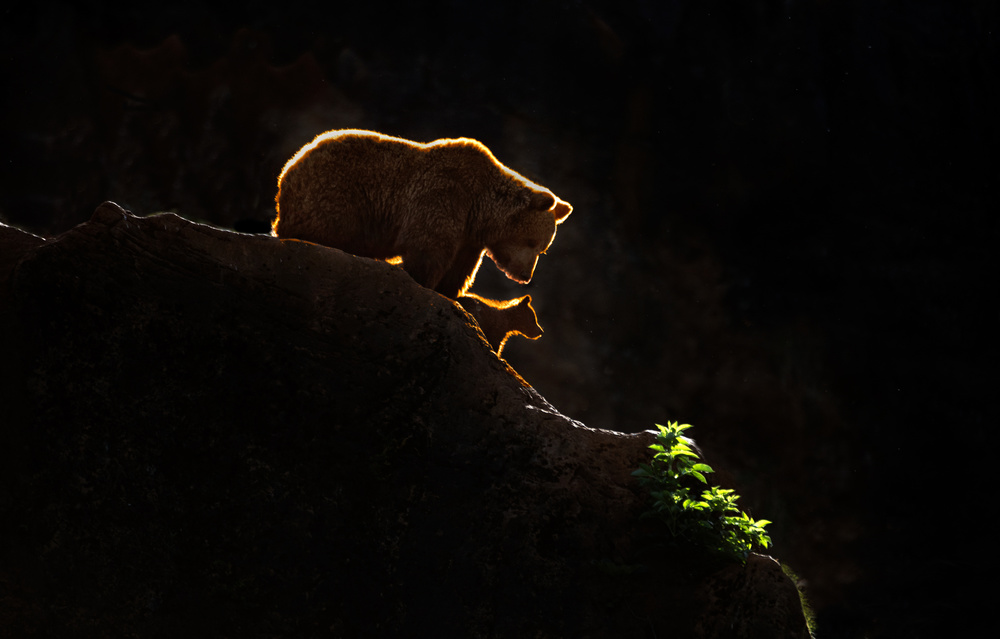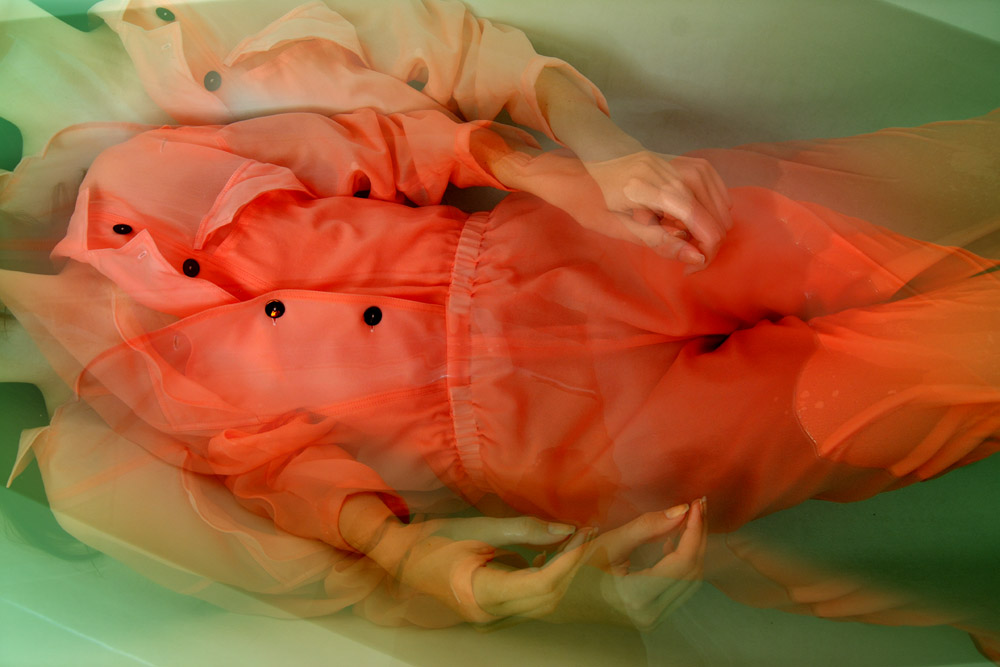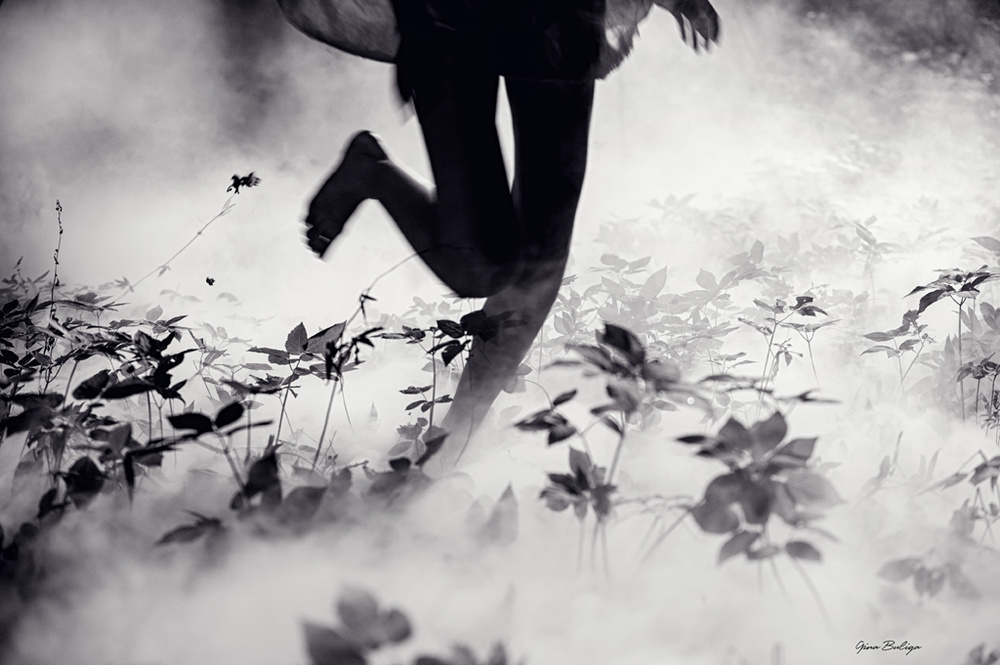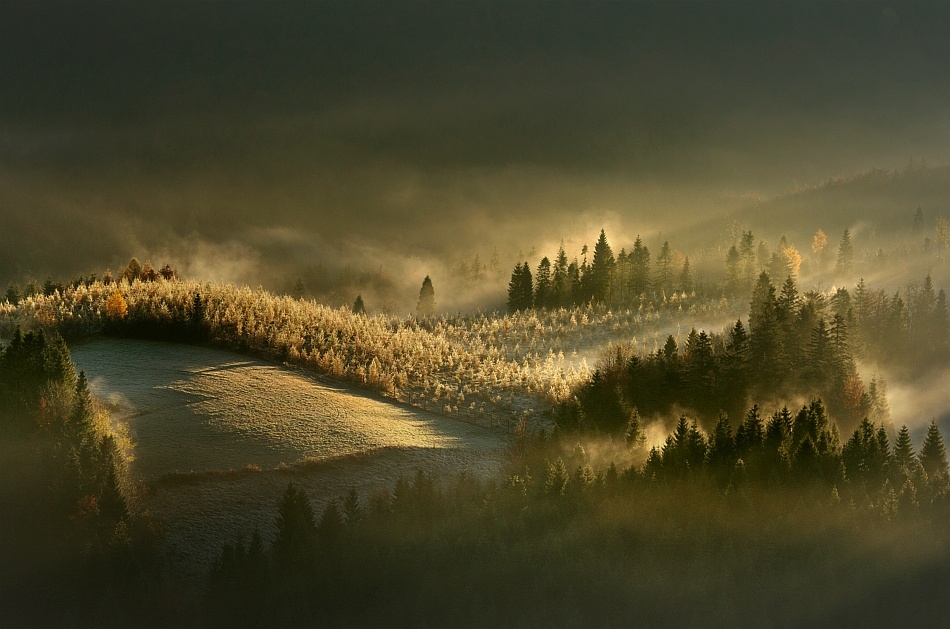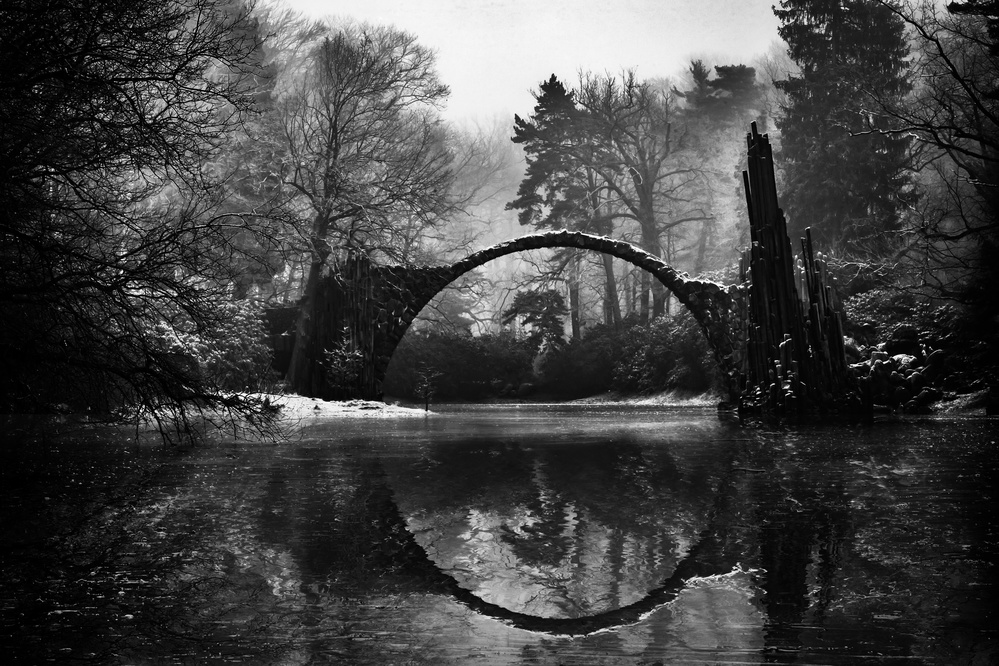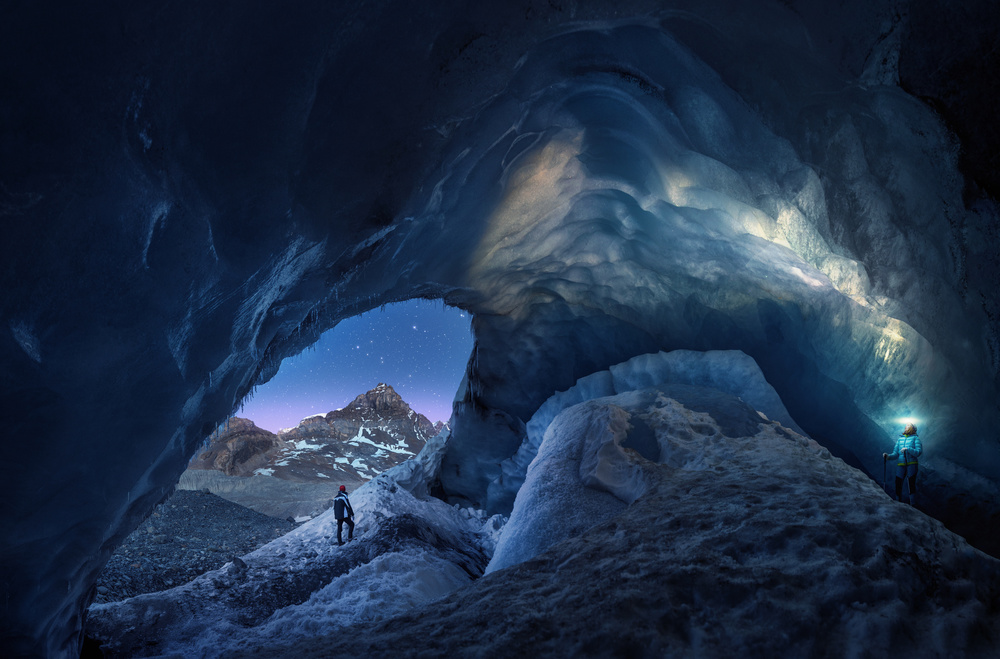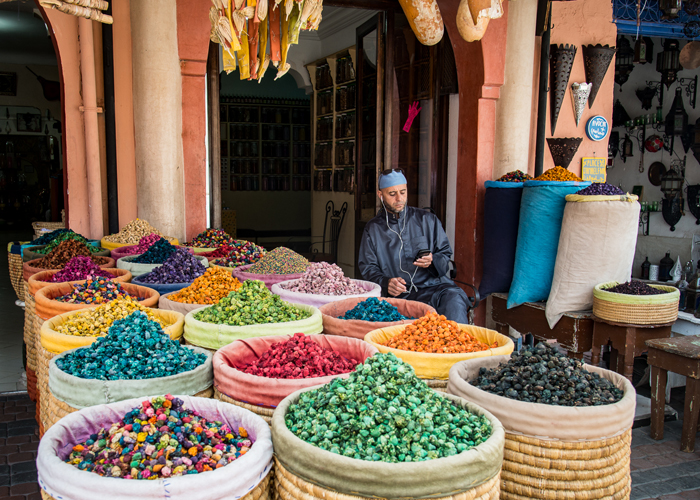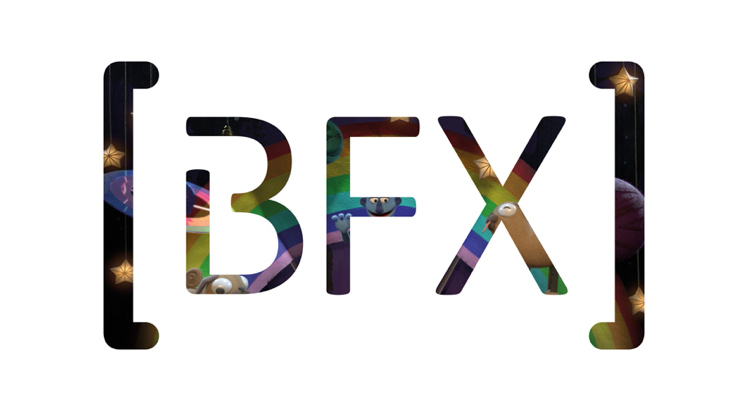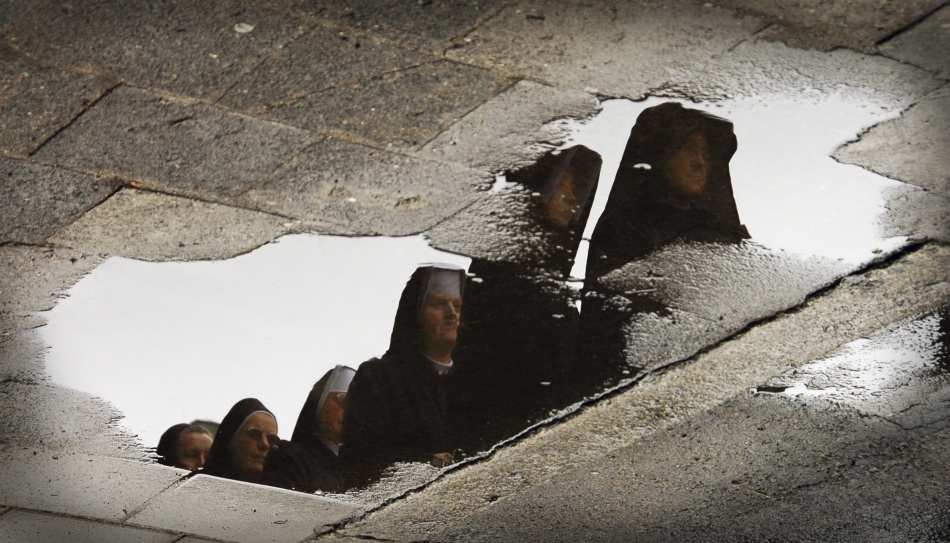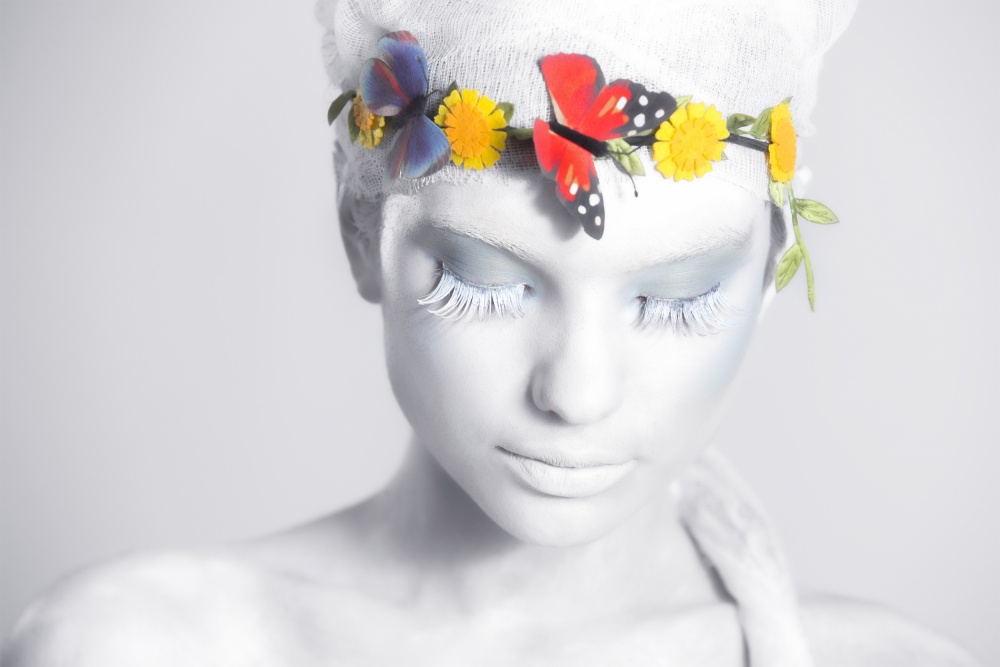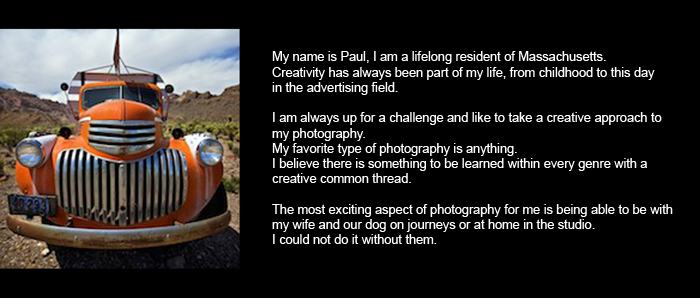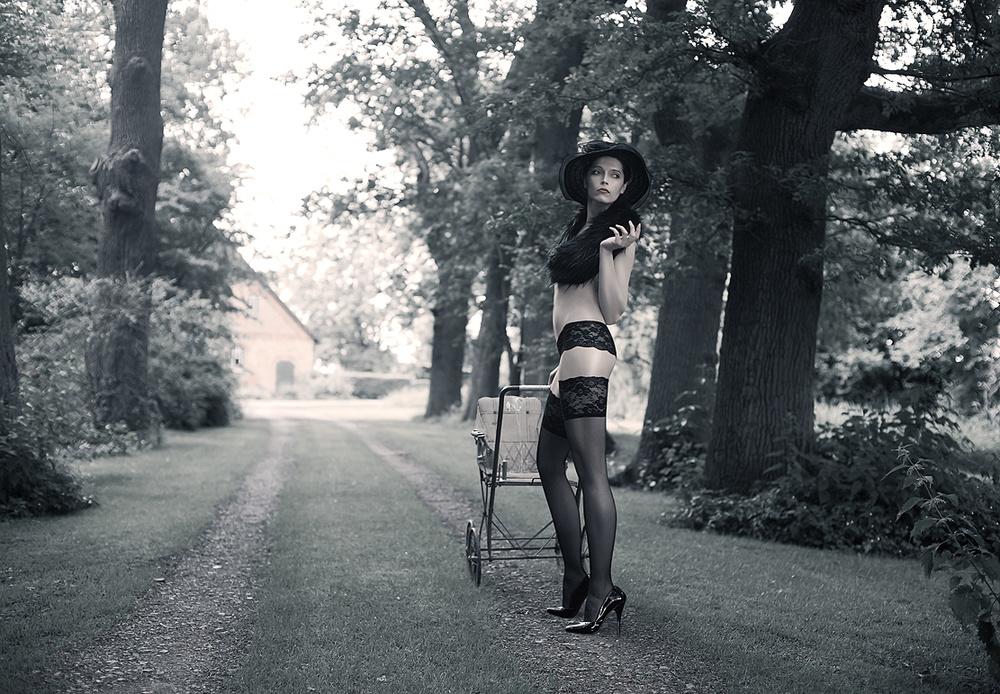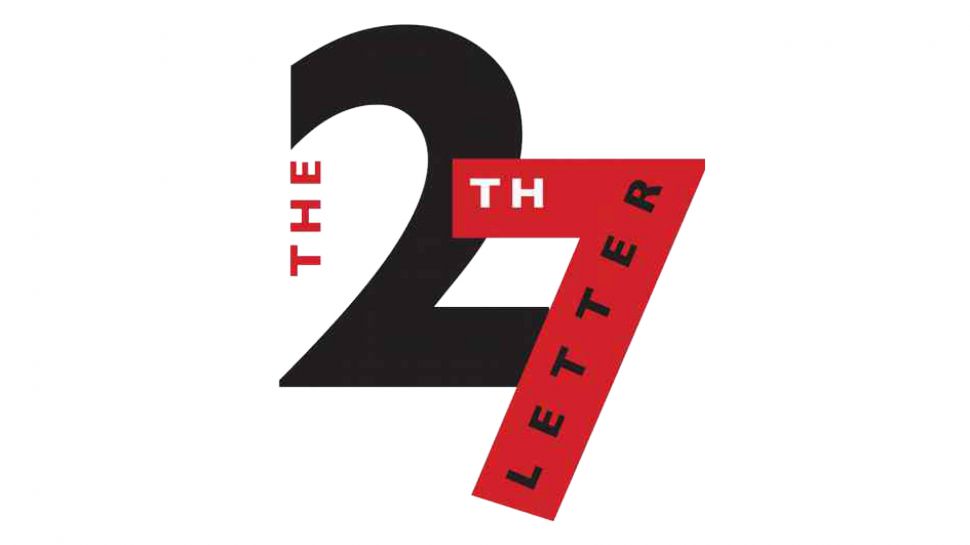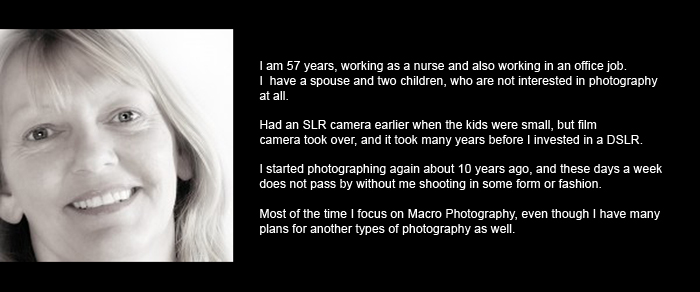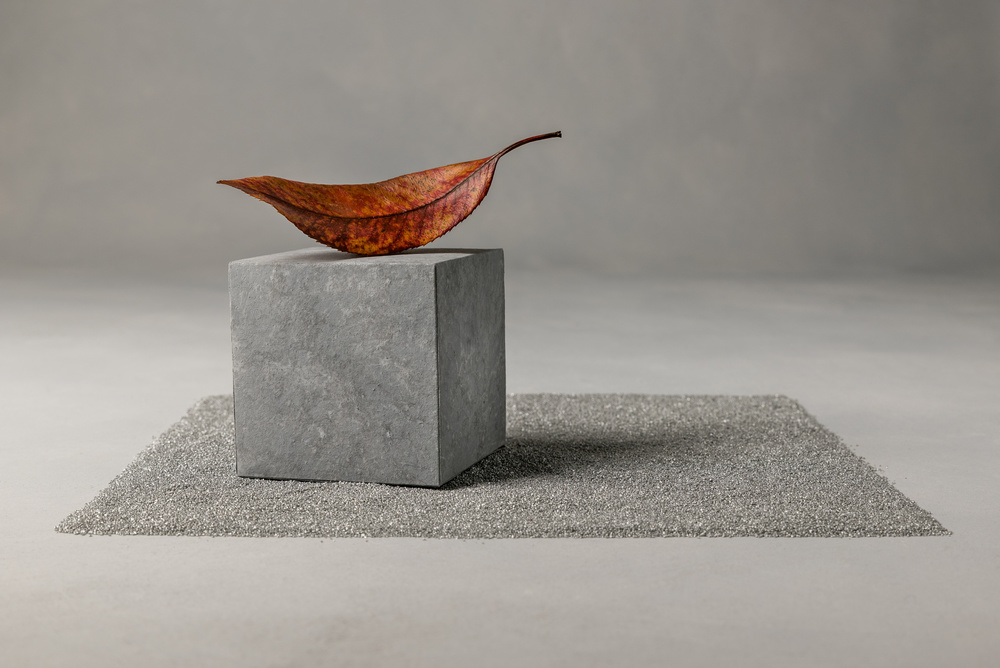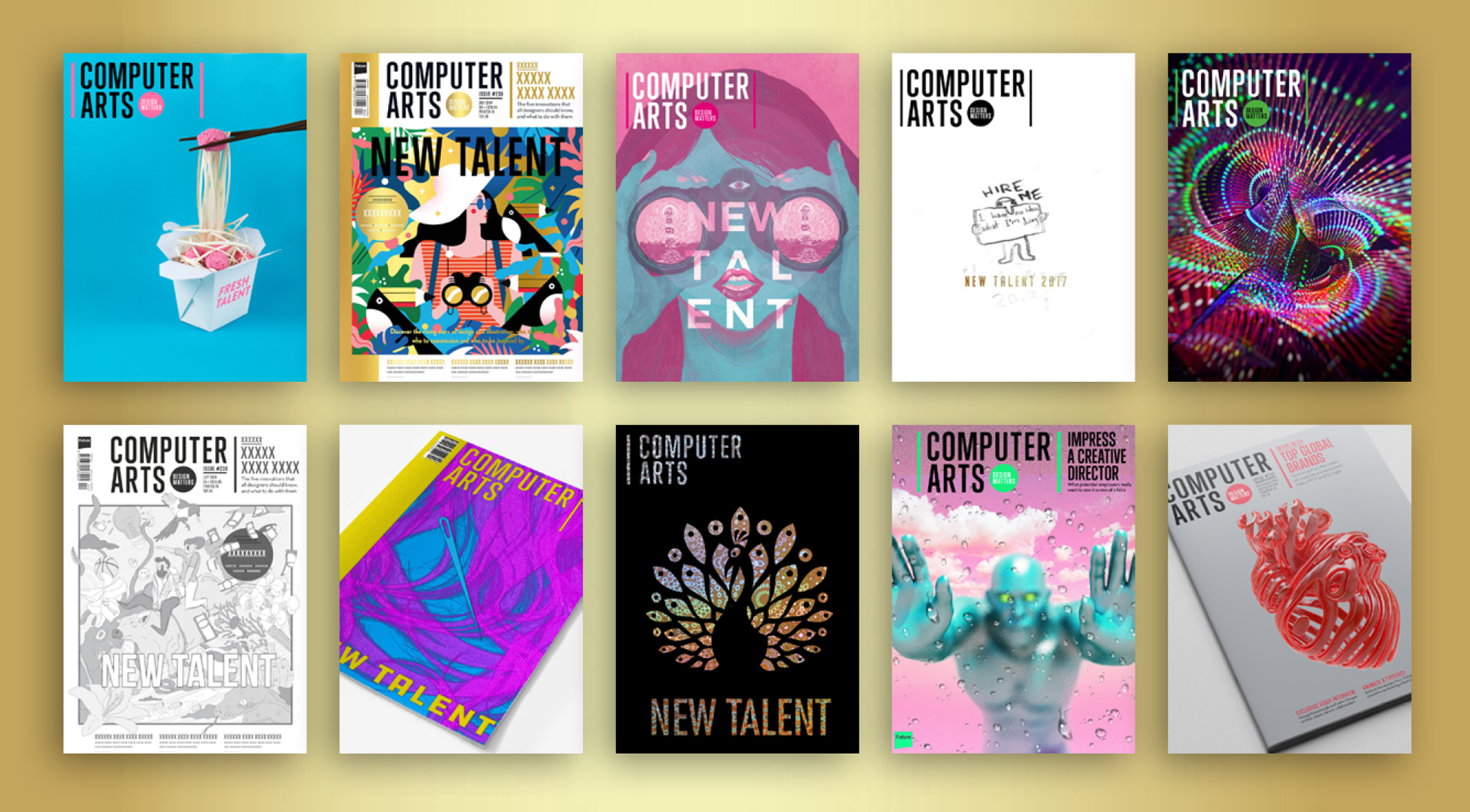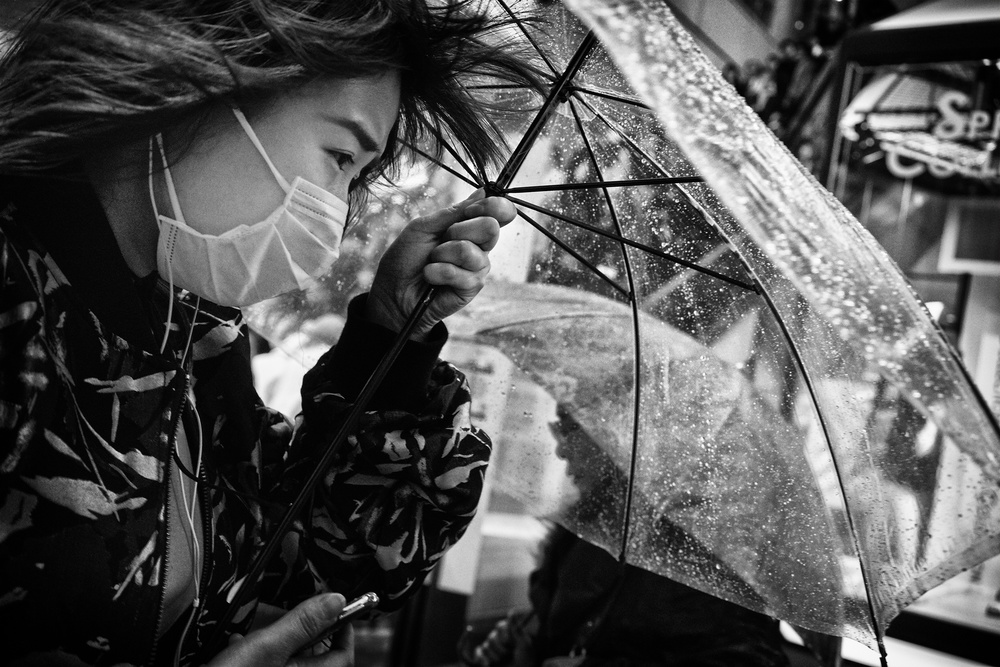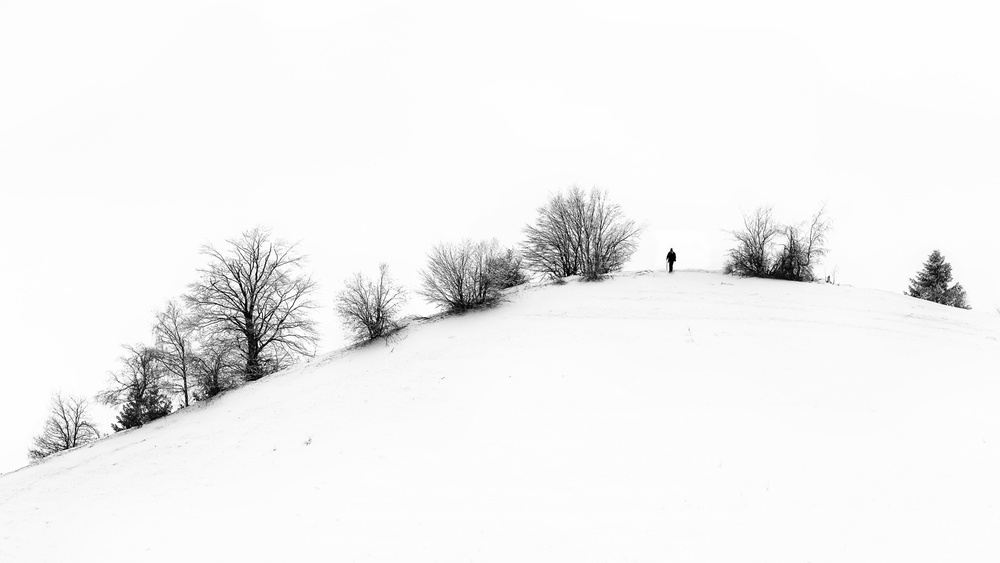Contests
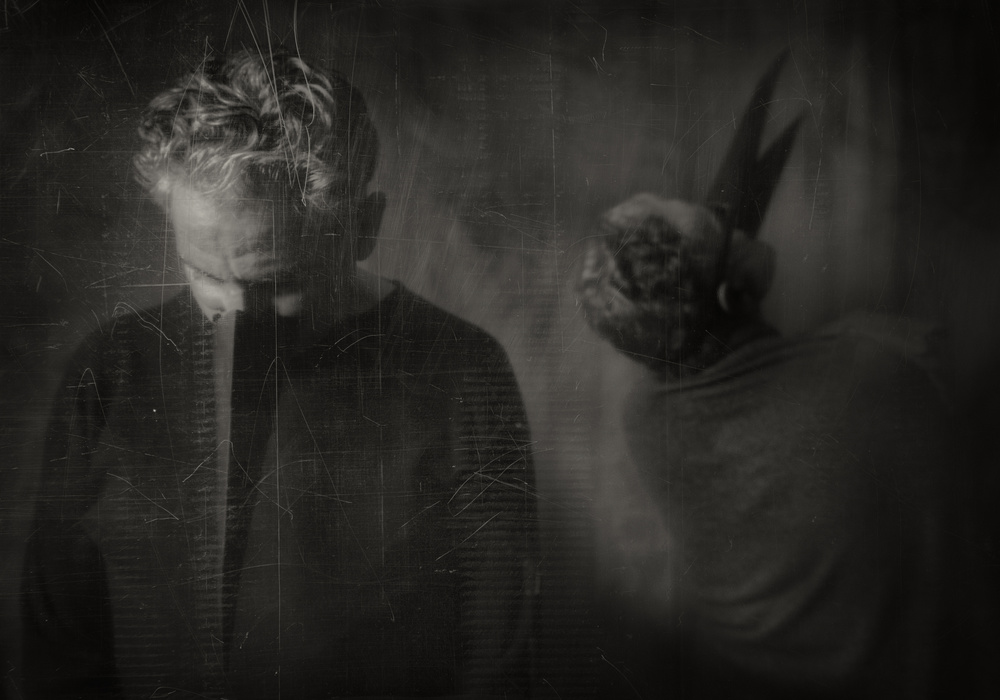
Vito Guarino: Photographer of the week
1x Blog ContestsVito Guarino loves people. For him, photography is no longer a hobby but his biggest passion. It is all about emotion, feeling, anger, denunciation, knowledge and research. His life story definitively shaped his intense and meaningful style.
He quotes Hugo Pratt to express his photographic vision:
“To the horizon of that ocean there would have been always another island, to take refugee during a typhoon, or to rest and love. That open horizon would have been there always, an invitation to go.”
I invite you to learn more about this sensitive photographer, who doesn't fear to show his deepest feelings in his work.
Can you tell us something more about yourself, your hobbies and other jobs, Vito?
I was born in Italy in a little village on the Campania Apennines in the province of Salerno. The village is dedicated to agriculture, sheep-farming and has much emigration. I had a joyful and carefree childhood, in a bucolic environment, characterized by the customs and habits of rural culture.
My first meeting with photography was at the age of 13 in high school thanks to a young teacher, who held a Black and White photography course. It was pure magic. Later, I attended the Art School Architecture and Interior Designers. In this period, my older brother gave me a Canon AV1. My first reflex camera that I preserve carefully until today. I started shooting some photos, but I was more interested in painting, sculpture and design. When I moved to Naples to study sculpture at the Academy of Fine Arts, I had the possibility to attend a photography course given by Mimmo Jodice, a great Italian photographer. I was highly interested by his work, bought his books and my passion for photography started to grew since then.
Unfortunately a dramatic event changed my life forever: On November 23, 1980, at 19:20, a violent earthquake took place in Southern Italy claiming about 3000 victims and erasing an entire region . My village was totally destroyed and among the victims were my father’ my grandparents and several other relatives. My world collapsed, I was broken. I interrupted my studies and involved myself in the reconstruction of those areas.
During this time, many volunteers came to help. I was struck by a Swiss girl, first volunteering and then hired by the Red Cross Switzerland. We soon became friends, we all needed affection in those days, and we fell in love. After two years we decided to move to Switzerland, near Basel. We married and our daughter, Piera, was born. She was a blessing and became the main subject of many of my photographs.
With my first salaries, I bought a new reflex camera Canon AE1 and set up a Dark Room. I began to develop and print my work in black and white. BW portrait of myself was ranked third in a competition organized by the Italian Consulate of Basel. With the Award I bought a Polaroid to experiment more. My interest for photography grew more and more. I bought many books, studied and followed exhibitions. Soon I bought a new Polaroid, the Image System, a Nikon F3 and a Nikon F4 with several lenses.
But my biggest dream was to attend a School of Photography. We must always believe in our dreams: in fact the circumstances of life took us to Ticino, Switzerland, 60 km away from Milano. I took a break from work went to the Italian Institute of Photography in Milano: Reportage, Portrait, Fashion and Still-Life, study of technique and photography history. I practised a lot with 10x15 cm Optical Bench Photography and Studio Flash.
When I finished school I collaborated with an artist for the reproduction of his sculptures and paintings, and I also took pictures of ceremonies. Photographing in the daytime and developing at night, there was no time left to do the things I liked the most.
Because of the arrival of digital and the exorbitant costs of the equipment, I decided to look for another job. After several experiences I got a job at a Swiss shoe company as Computer Aided Design operator and photographer. I still work there today and in my free time I can cultivate my great passions: photography, mountaineering and travelling.
How has your history and life experiences affected your photography?
My life story, in particular the earthquake and my art school education has greatly influenced my photography. Now I have a small room full of strange and bizarre things. This is “my kingdom” where I try to satisfy my creative side using reflections, transparencies, panels of Plexiglas, cloths etc. I build the backdrops and objects that I have in mind to use in my work. It is in this room that my conceptual images come to life.
Which are your most important experiences that have influenced your art?
My first photographic steps with the knowledge of Mimmo Jodice's work, the study of great photographers at the Italian Institute of Photography in Milan, a work-shop with the famous Swiss photographer René Burri, and finally the discovery of the 1x community with so many great photographers.
Describe your overall photographic vision.
For me photography is everything, more than a hobby. It is emotion, feeling, anger, denunciation, knowledge and research. It makes me feel good and makes me interested in life. It is a way of life, almost a philosophical discipline, which allows me to go deep into things and helps me to never be superficial; which also makes me dwell on small details and find beauty even in the most "insignificant" things. In one word, photography for me is emotion and research of the essentials.
Your work is very diversified. Other than street photography, portraits, still life, I noticed a lot of Conceptual Photography? Why are you so drawn by this genre?
I love photography in general and I don't want to explore only one road. I'm attracted to anything that provides me emotions.
The eye and mind follow lines, breath atmospheres, seek formal balances, light and shadows. They perceive moments of poetry and beauty which can be fixed into images to share with others, and sometimes they are "just" about intense emotions one keeps for oneself.
I'm drawn by conceptual photography because it allows me to fulfil my creative and emotional side. It also gives me the liberty to invent stories which I try to synthesize in an image.
What is more important to you, the mood,/story behind your images or the technical perfection?
What makes me to bring the camera to my eyes is always the mood, the emotion that goes hand in hand with the story, may it be real or imaginary. Mood and history must always be accompanied by a good technique, but it must never be end to itself. You have to be able to put aside the technique if this puts on a brake on your emotions.
What generally is your relationship to your subject matter beyond being an observer?
Do you prepare carefully the locations where you are intending to photograph?
My relationship with the subject is of utmost respect and loyalty. I always ask the subject for permission to be photographed. There are cases in which we are unable to apply for permission, either for a practical problem such as an unreachable subject or just to avoid losing the spontaneity of the image. In this case I care always that the published image does not offend the dignity of the subject.
Regards my landscape photography: I love to hike in the mountains and when I find interesting places, I return with the right equipment.
About cities or foreign countries,: I try to stay away from the touristic. I go shooting early in the morning when the tourists are still asleep, I sit at a bar or walk through the streets, waiting for the awakening of the city. I'm fascinated by the early noises and images of indigenous people moving in the alleys, stopping to swap a few words, or being involved in their morning jobs. I love this moment before the chaos appears and takes over. Those are the best photographic and emotional moments to me.
What gear do you use (camera, lenses, bag)?
I'm currently using a Nikon D70, a Nikon D700, a Nikon D800E.
Optics: Nikkor 50 - f / 1.2, Nikkor Micro 105 f / 1.2, Nikkor 14-24 - f / 2.8, Nikkor 24-70 - f / 2.8, Nikkor 70-200 f / 2.8.
I still have a Fuji X-Pro 1 with three lenses,
a kit of Lensbaby optics,
a Canon G10 and most recent arrival,
a Leica D-Lux Typ 109. Small and easy to carry with me.
I also have many Lee Filters (ND and Big stopper), two Manfrotto tripods, a Manfrotto LED lamp, Flash Nikon SB 900 and SB 910 and two Elinchrom studio flash. Manfrotto backpack, Kata backpack, Domke bag and LowePro bag.
What software do you use to process your images?
Lightroom and Photoshop.
Can you tell us something more about your work flow?
I always shoot in RAW and archive the photos in Lightroom where I make the first adjustments. Then I open the image in Photoshop for the final touches.
I use the Nik Collection filters: Color Efex Pro for color and Silver Efex Pro for Black and White.
For other special effects I also use Alien Skin filters.
I save my photos in Tiff format, Prophoto RGB colour profile, and in JPEG, sRGB colour profile, for the internet.
What is your most important advice to a beginner in Conceptual Photography and how do you get started?
My advice is to start with a very strong basic idea. As I have already said, the inspiration can come from a book, a movie, real or imaginary situations. My primordial intention is that the photo must tell a story or stimulate the imagination. The most important however is a call for emotions to be transmitted to the viewer.

Who are your favourite photographers and more importantly, how has your appreciation of their work affected how you approach your own photography?
During my photographic training I have been able to study several photographers and some really have marked my photographic path.
Ansel Adams, for the beauty of his images and BW treatment.
Dorothea Lange for her specific attention to the unemployed, the homeless and her photographic reports on the status of immigrants and workers.
And then of course the Magnum photographers: Robert Capa, Henri Cartier Bresson, Werner Bishof, René Burri, David Seymour, Elliot Erwitt, Eve Arnold, Inge Morath, Joseph Koudelka, Steve McCurry, Ferdinando Scianna, Paolo Pellegrin, Tina Modotti, Man Ray, Meret Oppenheim, Diane Arbus, Irving Penn, Vivian Maier, Robert Doisneau, Salgado, Manuel Alvarez Bravo, Mario Giacomelli, Letizia Battaglia, Gianni Berengo Garden, Mimmo Jodice, Gabriele Basilico and so many more, who have influenced my photographic vision with their shots, sometimes dramatic and sometimes disenchanted or ironic.
Is there any specific photo taken by another photographer that has inspired you a lot and why?
Among the many deserving photos I picked out
“Migrant Mother - 1936” by Dorothea Lange.
The picture shows the striking look of a poor, desperate, and hungry mother, surrounded by her children staying in the tent camps. Her eyes go beyond the camera and gaze to an indefinite point, almost looking for a possible future. I love this iconic photo in the history of photography. I like all of Lange's work, because it all is about the poor and marginalized people of the world which are touching themes I'm passionate about. Although the photo is from 1936, it is timeless. These stories keep repeating themselves in contemporary times.
Are there any specific directions that you would like to take your photography in the future or any specific goals that you wish to achieve?
I have various themes that I would like to experiment with:
- the concept of in-communicability,
- the representation of time
- the great dreams of men, such as the desire to be able to fly over or move freely in the water.
- With the use of ND filters or Lensbaby optics, I would like to do studies of the human figure immersed in natural elements such as fog, rain, wind, earth, water or fire.
- I am also interested in mountain landscapes, street photography, architecture, and re-portages about traditions and customs in rural communities.
Describe your favourite photograph taken by you and why it is special to you?
My favourite photo is undoubtedly "Hunter in the fog BW" and it is special to me because every time I look at it, it gives me new emotions.
I like it a lot because of the BW tonal range in the many layers, accentuated by the haze and low light of the morning sun disappearing in the sky, creating a dreamy and surreal atmosphere. The small figure of the lonely hunter gazing over the landscape is overshadowed by the immensity of the surrounding nature. This photo was chosen by Steve McCurry as Best Landscape Photo in the 1x Photo Awards 2014. A great honour and reason for pride for me.
Is there anything else you wish to add and what do you think about 1X as a home base for your work?
1x was and is very important to me: it made me realize that you can "play" with your photos. Initially I was against any photo editing. Now, I feel free to express all my creativity and emotions in each image. I'm constantly learning and am inspired by the many outstanding 1x photographers.
I take this opportunity to thank everyone here who encouraged and advised and helped me in my 1x journey. I'm very proud to have been awarded two years in a row in the 1x Photo Awards:
in 2013 – Category Landscape / People choice
in 2014 – Category Landscape / Steve McCurry's choice
. '

